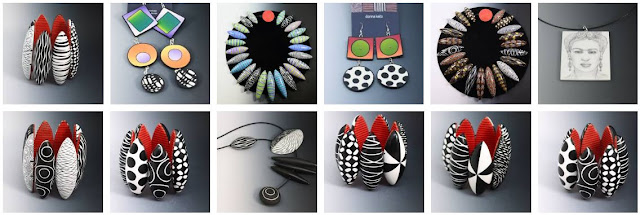Polymer Clay Jewelry Online Store

Beautiful pieces of jewelery can be finished of many different materials like gemstones, metal, homemade glass beads. Artists have so many to create a choice from. One of the most typical and preferred materials are beads. The originality of an artist is challenged when searching other materials that she can create into glorious jewelery. One such material is Kato Polymer Clay which is maybe the mainly modern well-liked trend in jewelery building. Polymer Clay is a type that is not the same as modeling and pottery clay. It is mixed with PVC plastic and a kind of plasticizer chemical that keeps the clay moldable and soft till it is baked to its final shape. Frequently polymer clay is utilized with metal to produce jewelery and there are many systems in adding more colors to metal. The color and flicker accent of polymer beads arrives from Micas, which are colored pigments. Kaolin clay creates the polymer opaque which creates clay made from polymer a very diverse and easy-t
